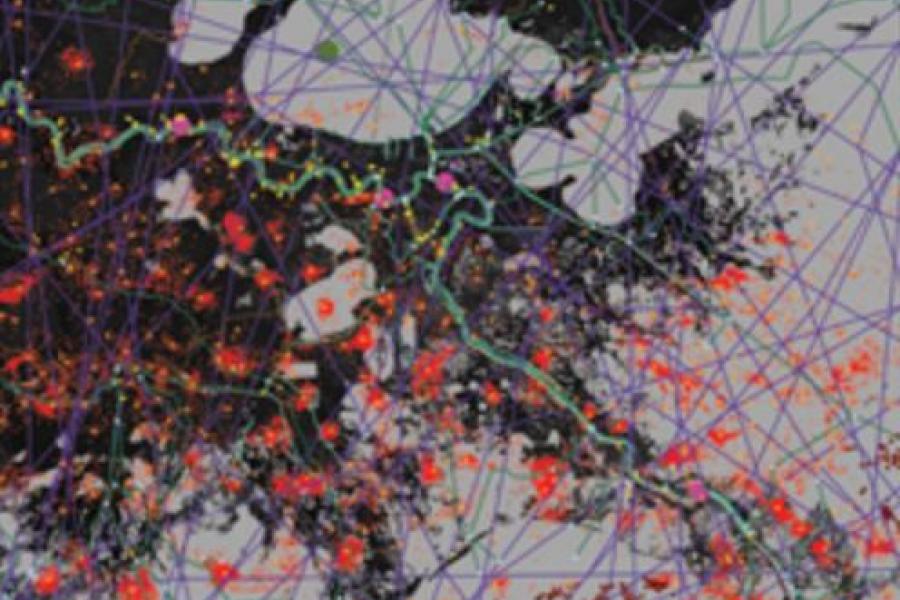Senior Scholar
Department of Landscape Architecture
richard.perron@umanitoba.ca
Richard Perron
Websites
- 2014 43 Perspectives on Nature
- 2009 Flood Architecture Work
- 2005 Heritage Canada Project
- 1995 Sustainable Community Design Project
Book projects
- Medicine Hat 2012
- Mythic Ecologies: Phase 1
- Mythic Ecologies: Phase 2
- Prince Edward Island 2008
- Beyond the Terminal
- 48º 23’ 60 N 2009
Assemblages
“Yet another key characteristic of ecological urbanism is its recognition of the scale and scope of the impact of ecology, which extends beyond the urban territory. The city, for all its importance, can no longer be thought of only as a physical artifact; instead, we must be aware of the dynamic relationships, both visible and invisible, that exist among the various domains of a larger terrain of urban as well as rural ecologies.”
(M. Mostafavi, Why Ecological Urbanism? Why Now?, in Ecological Urbanism, p29)
Over the past half decade, Dr. Perron has been concentrating his graduate studio/research work around problems of urban ecology and flood architecture. Projects usually begin at regional scale around centers (such as Winnipeg, New Orleans, Thunder Bay, Prince Edward Island) that share problems regarding either flooding and/or post-industrial urban design. The work would have been initially characterized as regional landscape architecture, but over the past decade would have been described as evolving into a form of landscape urbanism with a strong emphasis on landscape ecology. More recently the work would be regarded as approaches to ecological urbanism. The work continues to evolve relying on the use of spatial information systems, scale shifting from regional mapping and modeling to designing local interventions, exploratory cartography and eidetic imaging. The work often involves treating ecology as urban infrastructure, of designing new ecologies, and of predicting cultural/ecological circumstances. Urban ecologies and the assemblages of studio projects are like strange collections of stories, enjoyed individually but best understood when considered as a whole.

